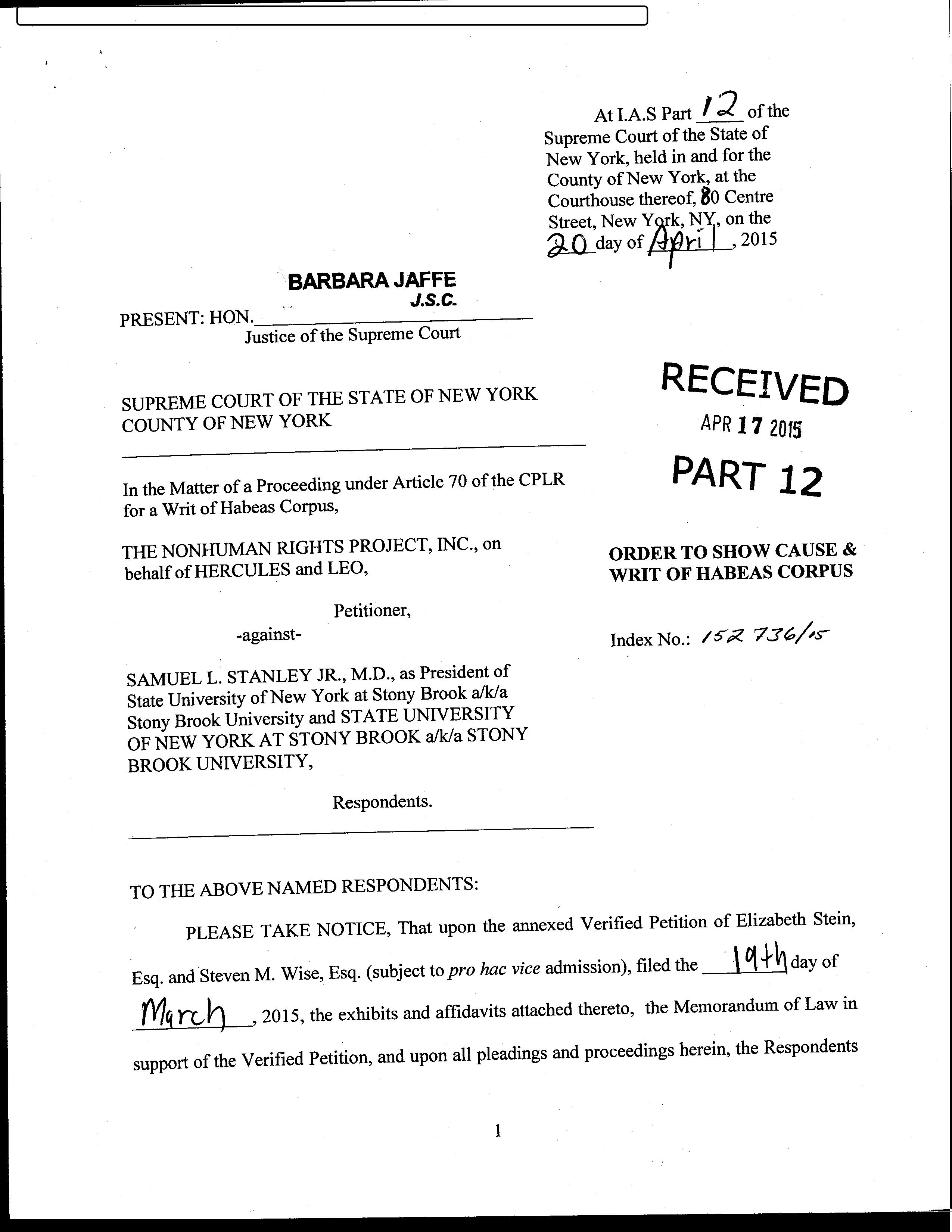|
Ponca Tribe Of Nebraska
The Ponca Tribe of Nebraska is one of two federally recognized tribes of Ponca people. The other is the Ponca Tribe of Indians of Oklahoma. They hold an annual powwow every August. Reservation From the original Ponca Reservation, the tribe has repurchased a trust landbase of 819 acres. Since the passage of the Ponca Restoration Act, the tribe has the legal right to conduct business in Iowa. Government The Ponca Tribe of Nebraska is headquartered in Niobrara, Nebraska. The tribe is governed by a democratically elected council. Larry Wright Jr. is currently serving as tribal chairperson. History Ponca people are thought to have migrated to the Great Plains from the Ohio River valley. In the mid-16th century, Ponca people migrated with the Kansa, Omaha, and Osage north, up the Mississippi. They separated from the Omaha in the mid-17th century but reunited with them near the Niobrara River of Nebraska in 1793. Introduced European diseases had killed 90% of the Ponca people by ... [...More Info...] [...Related Items...] OR: [Wikipedia] [Google] [Baidu] |
Flag Of The Ponca Tribe Of Nebraska
A flag is a piece of textile, fabric (most often rectangular or quadrilateral) with a distinctive design and colours. It is used as a symbol, a signalling device, or for decoration. The term ''flag'' is also used to refer to the graphic design employed, and flags have evolved into a general tool for rudimentary signalling and identification, especially in environments where communication is challenging (such as the Maritime flag, maritime environment, where Flag semaphore, semaphore is used). Many flags fall into groups of similar designs called flag families. The study of flags is known as "vexillology" from the Latin , meaning "flag" or "banner". National flags are patriotic symbols with widely varied interpretations that often include strong military associations because of their original and ongoing use for that purpose. Flags are also used in messaging, advertising, or for decorative purposes. Some military units are called "flags" after their use of flags. A ''flag'' ( ... [...More Info...] [...Related Items...] OR: [Wikipedia] [Google] [Baidu] |
Kansa People
The Kaw Nation (or Kanza or Kansa) is a federally recognized Native American tribe in Oklahoma and parts of Kansas. It comes from the central Midwestern United States. It has also been called the "People of the South wind","Constitution of the Kaw Nation." ''Kaw Nation.'' 2011. Retrieved 30 April 2012. "People of water", ''Kansa'', ''Kaza'', ''Konza'', ''Conza'', ''Quans'', ''Kosa'', and ''Kasa''. Their tribal language is Kansa, classified as a .Unrau, William [...More Info...] [...Related Items...] OR: [Wikipedia] [Google] [Baidu] |
Artifact (archaeology)
An artifact, or artefact (see American and British English spelling differences), is a general term for an item made or given shape by humans, such as a tool or a work of art, especially an object of archaeological interest. In archaeology, the word has become a term of particular nuance and is defined as an object recovered by archaeological endeavor, which may be a cultural artifact having cultural interest. Artifact is the general term used in archaeology, while in museums the equivalent general term is normally "object", and in art history perhaps artwork or a more specific term such as "carving". The same item may be called all or any of these in different contexts, and more specific terms will be used when talking about individual objects, or groups of similar ones. Artifacts exist in many different forms and can sometimes be confused with ecofacts and features; all three of these can sometimes be found together at archaeological sites. They can also exist in different t ... [...More Info...] [...Related Items...] OR: [Wikipedia] [Google] [Baidu] |
Prehistoric
Prehistory, also known as pre-literary history, is the period of human history between the use of the first stone tools by hominins 3.3 million years ago and the beginning of recorded history with the invention of writing systems. The use of symbols, marks, and images appears very early among humans, but the earliest known writing systems appeared 5000 years ago. It took thousands of years for writing systems to be widely adopted, with writing spreading to almost all cultures by the 19th century. The end of prehistory therefore came at very different times in different places, and the term is less often used in discussing societies where prehistory ended relatively recently. In the early Bronze Age, Sumer in Mesopotamia, the Indus Valley Civilisation, and ancient Egypt were the first civilizations to develop their own scripts and to keep historical records, with their neighbors following. Most other civilizations reached the end of prehistory during the following Iron Age. T ... [...More Info...] [...Related Items...] OR: [Wikipedia] [Google] [Baidu] |
Lynch, Nebraska
Lynch is a village in Boyd County, Nebraska, United States. The population was 194 at the 2020 census, down from 245 in 2010. Lynch is located in northern Nebraska, between the Missouri and Niobrara rivers. History Lynch was incorporated as a village in 1892. It was named for John Lynch, a pioneer settler. Thirty of the one hundred homes in Lynch were destroyed by flooding in 2019. Government Lynch, Nebraska has a mayor-council government. It holds meetings at the Lynch Library on the second Wednesday of each month. There are four council members; two are elected, one is the Town Clerk, and one is the Town Treasurer. Fire department The Lynch Volunteer Fire Department (LVFD), is made up of 20-25 volunteers. It provides fire protection for the town and surrounding areas as part of a mutual aid agreement. Law enforcement There is only one hired full-time Police Officer who is also a part-time Boyd County officer. Junefest Junefest is held on the third weekend of June f ... [...More Info...] [...Related Items...] OR: [Wikipedia] [Google] [Baidu] |
Archeological
Archaeology or archeology is the scientific study of human activity through the recovery and analysis of material culture. The archaeological record consists of artifacts, architecture, biofacts or ecofacts, sites, and cultural landscapes. Archaeology can be considered both a social science and a branch of the humanities. It is usually considered an independent academic discipline, but may also be classified as part of anthropology (in North America – the four-field approach), history or geography. Archaeologists study human prehistory and history, from the development of the first stone tools at Lomekwi in East Africa 3.3 million years ago up until recent decades. Archaeology is distinct from palaeontology, which is the study of fossil remains. Archaeology is particularly important for learning about prehistoric societies, for which, by definition, there are no written records. Prehistory includes over 99% of the human past, from the Paleolithic until the advent o ... [...More Info...] [...Related Items...] OR: [Wikipedia] [Google] [Baidu] |
Niobrara Island
Niobrara (; Omaha: ''Ní Ubthátha'' ''Tʰáⁿwaⁿgthaⁿ'' , meaning "water spread-out village")Dorsey, James Owen (1890)''The Cegiha Language: Contributions to North American Ethnology'' 4. Washington: US Department of the Interior: Government Printing Office, p. 214, line 10. is a village in Knox County, Nebraska, United States. The population was 363 at the 2020 census. History Niobrara was founded in 1856, when a group of men headed by a Dr. Benneville Yeakel Shelly marked their claim to an area on the banks of the Missouri River. There, a fort was built to protect the early settlers from Indian attacks. The settlement took its name from the Niobrara River. They built a log garrison of cottonwood, which later became known as "Old Cabin". The company, founded by Shelly and others, was called L'eau Qui Court Company. This Company failed, and the Niobrara Township Company was organized. The new town was eventually called "Niobrara", an Omaha word for "running water". On ... [...More Info...] [...Related Items...] OR: [Wikipedia] [Google] [Baidu] |
Native Americans In The United States
Native Americans, also known as American Indians, First Americans, Indigenous Americans, and other terms, are the Indigenous peoples of the mainland United States ( Indigenous peoples of Hawaii, Alaska and territories of the United States are generally known by other terms). There are 574 federally recognized tribes living within the US, about half of which are associated with Indian reservations. As defined by the United States Census, "Native Americans" are Indigenous tribes that are originally from the contiguous United States, along with Alaska Natives. Indigenous peoples of the United States who are not listed as American Indian or Alaska Native include Native Hawaiians, Samoan Americans, and the Chamorro people. The US Census groups these peoples as " Native Hawaiian and other Pacific Islanders". European colonization of the Americas, which began in 1492, resulted in a precipitous decline in Native American population because of new diseases, wars, ethni ... [...More Info...] [...Related Items...] OR: [Wikipedia] [Google] [Baidu] |
Writ Of Habeas Corpus
''Habeas corpus'' (; from Medieval Latin, ) is a recourse in law through which a person can report an unlawful detention or imprisonment to a court and request that the court order the custodian of the person, usually a prison official, to bring the prisoner to court, to determine whether the detention is lawful. The writ of ''habeas corpus'' was described in the eighteenth century by William Blackstone as a "great and efficacious writ in all manner of illegal confinement". It is a summons with the force of a court order; it is addressed to the custodian (a prison official, for example) and demands that a prisoner be brought before the court, and that the custodian present proof of authority, allowing the court to determine whether the custodian has lawful authority to detain the prisoner. If the custodian is acting beyond their authority, then the prisoner must be released. Any prisoner, or another person acting on their behalf, may petition the court, or a judge, for a w ... [...More Info...] [...Related Items...] OR: [Wikipedia] [Google] [Baidu] |
Standing Bear V
Standing, also referred to as orthostasis, is a position in which the body is held in an ''erect'' ("orthostatic") position and supported only by the feet. Although seemingly static, the body rocks slightly back and forth from the ankle in the sagittal plane. The sagittal plane bisects the body into right and left sides. The sway of quiet standing is often likened to the motion of an inverted pendulum. Standing at attention is a military standing posture, as is stand at ease, but these terms are also used in military-style organisations and in some professions which involve standing, such as modeling. ''At ease'' refers to the classic military position of standing with legs slightly apart, not in as formal or regimented a pose as standing at attention. In modeling, ''model at ease'' refers to the model standing with one leg straight, with the majority of the weight on it, and the other leg tucked over and slightly around. Control Standing posture relies on dynamic rather than st ... [...More Info...] [...Related Items...] OR: [Wikipedia] [Google] [Baidu] |
Chief Standing Bear
Standing Bear (c. 1829–1908) (Ponca official orthography: Maⁿchú-Naⁿzhíⁿ/Macunajin;U.S. Indian Census Rolls, 1885 Ponca Indians of Dakota other spellings: Ma-chú-nu-zhe, Ma-chú-na-zhe or Mantcunanjin pronounced ) was a Ponca chief and Native American civil rights leader who successfully argued in U.S. District Court in 1879 in Omaha that Native Americans are "persons within the meaning of the law" and have the right of ''habeas corpus'', thus becoming the first Native American judicially granted civil rights under American law. His first wife Zazette Primeau (''Primo''), daughter of Lone Chief (also known as Antoine Primeau), mother of Prairie Flower and Bear Shield, was also a signatory on the 1879 writ that initiated the famous court case. Background By 1789, when Juan Baptiste Munier acquired trading rights with the Ponca, they had villages along the Niobrara River near its mouth, and ranged as far east as present-day Ponca, Nebraska, at the mouth of Aowa Creek ... [...More Info...] [...Related Items...] OR: [Wikipedia] [Google] [Baidu] |
Indian Territory
The Indian Territory and the Indian Territories are terms that generally described an evolving land area set aside by the Federal government of the United States, United States Government for the relocation of Native Americans in the United States, Native Americans who held aboriginal title to their land as a sovereign independent state. In general, the tribes ceded land they occupied in exchange for Land grant#United States, land grants in 1803. The concept of an Indian Territory was an outcome of the US federal government's 18th- and 19th-century policy of Indian removal. After the Indian Territory in the American Civil War, American Civil War (1861–1865), the policy of the US government was one of Cultural assimilation of Native Americans#Americanization and assimilation (1857–1920), assimilation. The term ''Indian Reserve (1763), Indian Reserve'' describes lands the Kingdom of Great Britain, British set aside for Indigenous tribes between the Appalachian Mountains and t ... [...More Info...] [...Related Items...] OR: [Wikipedia] [Google] [Baidu] |




.jpg)




